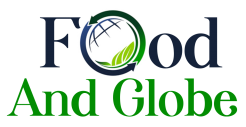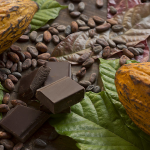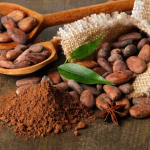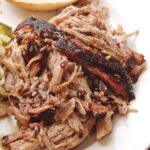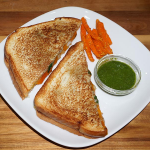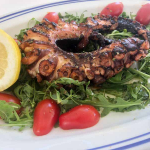Pet fish have various nutritional needs and demand specialized foods to remain healthy. It is better to consult with a veterinarian or pet store professional before giving new food to the pet fish. It is crucial to know what pet fish ingest in nature and provide accordingly. Most dog breeders in bangalore also provide frozen, freeze-dried, live, and greens for pet fish. Feed cucumbers, lettuce, spinach, and other green vegetables for omnivorous fish. Here are some pet foods to know:
Pellet foods:
Pellet foods include the same vital ingredients as flaked food and should be inspected to ensure that they do not have too much stuffing and carbohydrates. As said before, these ingredients are not helpful to the pet fish health and well-being. Pellets are a better staple fare for most fish’s diet but will, like flakes, require extra nutrition from sources such as Mysis shrimp and bloodworm. Most fish proprietors provide pellets because they have preying fish such as sharks and catfish. Pellets are large lumps of food that more diminutive fish would risk eating.
However, a range of other sizes is also obtainable, with some being so tiny it almost looks like powder. The largest size corresponds to a good-sized lumpy pebble. Pellets are most appropriate for and generally fed to bottom dwellers such as Loaches, Corydoras, Plecostomus, and Bichirs. Another choice for the pellet is to have the stick on tablets. These can be set at any aquarium level by carrying them on the glass for a few seconds and providing a splendid sight of pet fish feeding.
Flakes:
Of all the fish foods obtainable, flaked has to be the most generally seen, widely utilized, and the easiest to feed to the fish. Open the container, scatter some on the water, and observe the fish feast upon it. However, not all flaked food is made similarly, and not all can be provided for every fish. Fish flakes come in broad types, from color-enhancing flakes to flakes created for a distinct species. Because there are so numerous fish flakes available, always note the label before buying it. If the fish flakes are similarly large for pet fish, they can be mashed into smaller pieces.
Avoid flaked foods packed with stuffing and carbohydrates, as they are not helpful to the pet fish. They are there to make pet fish feel complete but contribute no nutritional importance. These foods are usually cheaper than higher nutritionally filled foods. However, this is a false thrift as it could harm pet fish’s health. Other types of flaked food available contain marine and cichlid; overall, this sort of feed is a critical staple. It is best, however, when combined with other food such as Mysis shrimp, bloodworm, and cyclops as part of a mixed and nutritious diet. Flaked food stores quite well and has a shelf life of around a month once available. It will degrade quickly when exposed to wetness, so it is best preserved in a dry place.
Freeze-dried foods:
Unlike other dried foods, which have various ingredients, freeze-dried food is generally live food that has been dried whole. All prevalent freeze-dried options are brine shrimp, blackworms, daphnia, tubifex, and krill. Freeze-dried food possesses a long shelf life and can be powdered to feed little fish. Bloodworms are one of the most famous freeze-dried foods, a favorite among goldfish, betta, and much other prevalent pet fish. They have significant nutritional value, come in a comprehensive variety of choices, and taste wonderful for pet fish.
Sticks:
Fish sticks float on the water’s surface. They are ideal for top-feeding fish such as convicts, fire mouths, and large freshwater and marine fish. Floating fish sticks are a nutritious mixture of critical nutrients that promote growth, improve color, increase immunity, help digestion, and nourishing energy. Stick-on tablets provide the finest possible viewing experience of any fish food.
Frozen foods:
Frozen foods are easy to feed to the fish and possess a significant shelf life. Defrost the quantity of food that need and set it in the aquarium. Frozen foods are suited for a whole sort of fish that are herbivores, carnivores, and omnivores, as long as feeding the right mixture. Bettas, for instance, eat the daphnia, bloodworm, and brine shrimp, while Plecostomus eats the algae and spinach.
Final thoughts:
There are many pet shops in bangalore for the fishes too. Do a ton of research and talk to a professional before getting any fish home. An essential thing to remember is that overfeeding pet fish can induce poor water quality and lead to harmful effects. Most aquarists keep a mixture of species in their aquariums, so providing various foods is most reasonable.
